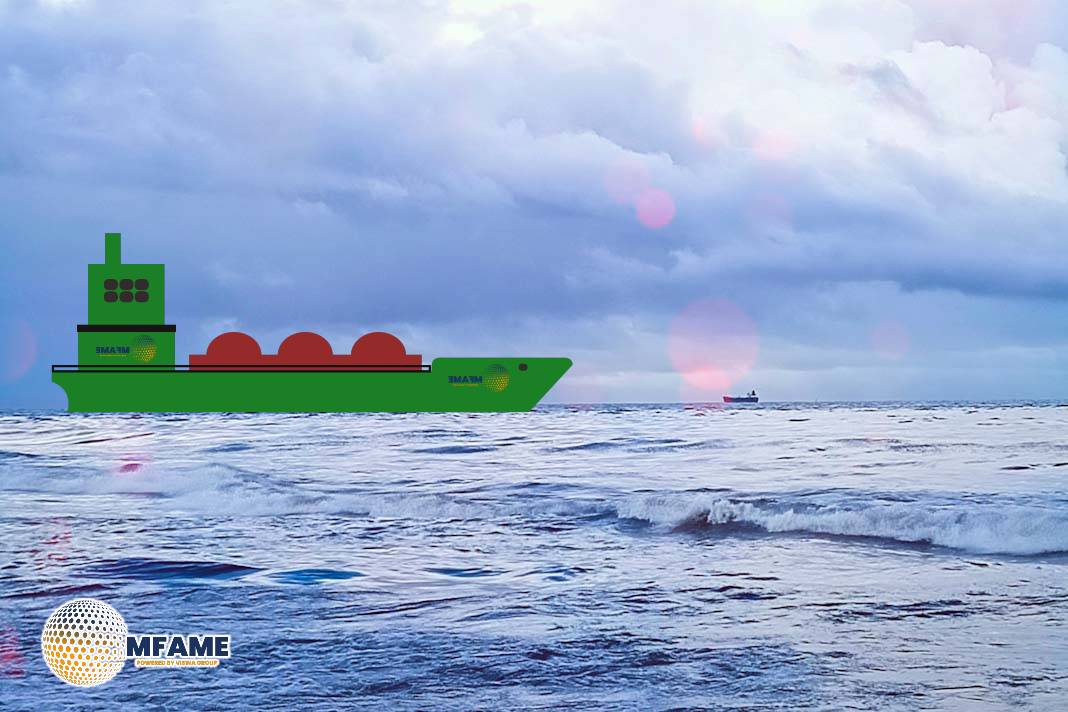Breakwave Advisors reports that Iran’s oil export network has evolved into a sophisticated and resilient system amid renewed UN snapback sanctions, transforming what was once a series of improvised measures into an organized, enduring logistics framework within global oil trade dynamics.
Evolving Under Pressure
Following the reinstatement of UN sanctions on September 27, expectations pointed toward a sharp decline in Iran’s oil shipments. Contrary to predictions, export volumes remained steady, ranging between 1.3 and 1.6 million barrels per day, with occasional peaks reaching nearly 1.8 million — a level not witnessed since 2018.
Despite the tightening restrictions, Iran maintained its flow to core customers, particularly in Asia, through discounted pricing and barter-based arrangements. While the sanctions have reactivated the framework from the pre-2016 regime — encompassing arms, finance, and shipping — enforcement remains uneven across jurisdictions. The new structure, however, provides a more unified legal foundation that enhances coordination among key international players, even as operational oversight continues to face challenges.
The Rise of a Structured Shadow Fleet
The defining change in recent months lies in how Iran’s shadow export fleet now operates with notable efficiency and consistency. What began as an improvised workaround has matured into a systematic and disciplined logistical network capable of sustaining large-scale exports under intense external scrutiny.
Streamlined Voyages and Predictable Flows
Voyage durations that once fluctuated between 80 and 90 days have now tightened to a consistent 50–70-day window, reflecting greater control over scheduling, anchorage coordination, and discharge planning. This operational refinement suggests a deliberate optimization of routes and turnaround times, minimizing idle periods and improving fleet utilization.
STS Transfers as a Strategic Core
Around 82% of Iran–China voyages now involve at least one ship-to-ship (STS) transfer, often taking place in established offshore zones. What were once emergency transfers have evolved into structured, repeatable stages of the export process — functioning almost like logistics relay points within a broader, managed network.
These carefully choreographed operations have enabled Iran’s fleet to maintain regular export flows even as sanctions-related risks escalate. The system now demonstrates a balance of flexibility and control that mirrors the operations of formalized commercial supply chains.
From Improvisation to Institution
What initially appeared as fragmented evasion tactics has effectively transformed into a parallel infrastructure — one that operates with its own rhythms, routes, and reliability standards. Iran’s “dark fleet” has matured into an institutionalized ecosystem, equipped to compete with other sanctioned exporters in similar markets.
The Next Phase of Adaptation
The key question for maritime observers is no longer whether this shadow system can endure — it already has. Instead, attention now shifts to how it continues to adapt under evolving enforcement conditions and market pressures.
Analysts are likely to monitor subtle operational indicators such as changes in routing, variations in vessel pairing for STS operations, and timing adjustments at discharge points. These shifts can reveal the underlying flexibility and resilience of the network far more accurately than export volumes alone.
Ultimately, Iran’s oil logistics have reached a stage where sanctions no longer represent a disruption but a structural condition — one that the system now absorbs and evolves within. The more restrictions tighten, the more deeply embedded these networks become in the fabric of global maritime trade.
Did you subscribe to our daily Newsletter?
It’s Free Click here to Subscribe!
Source: Breakwave Advisors

















